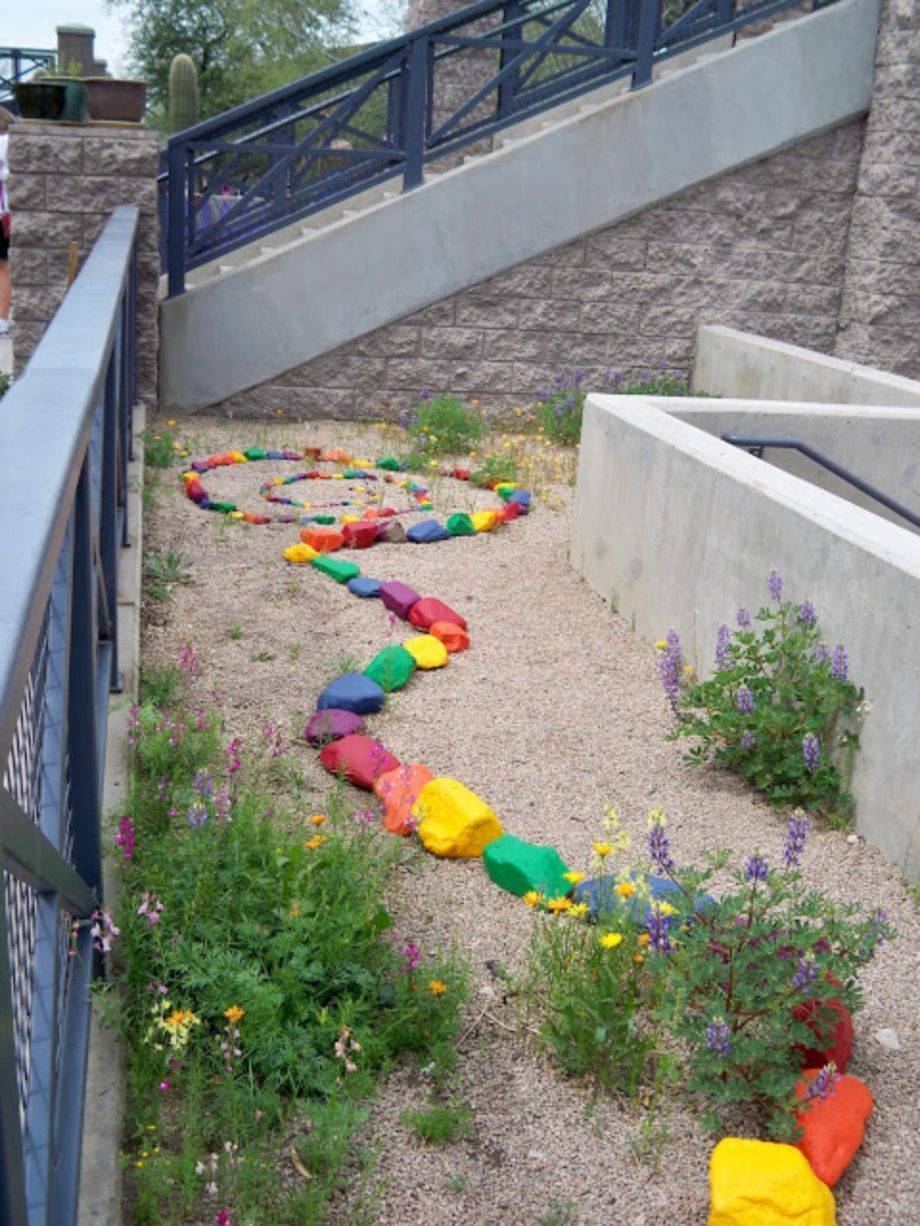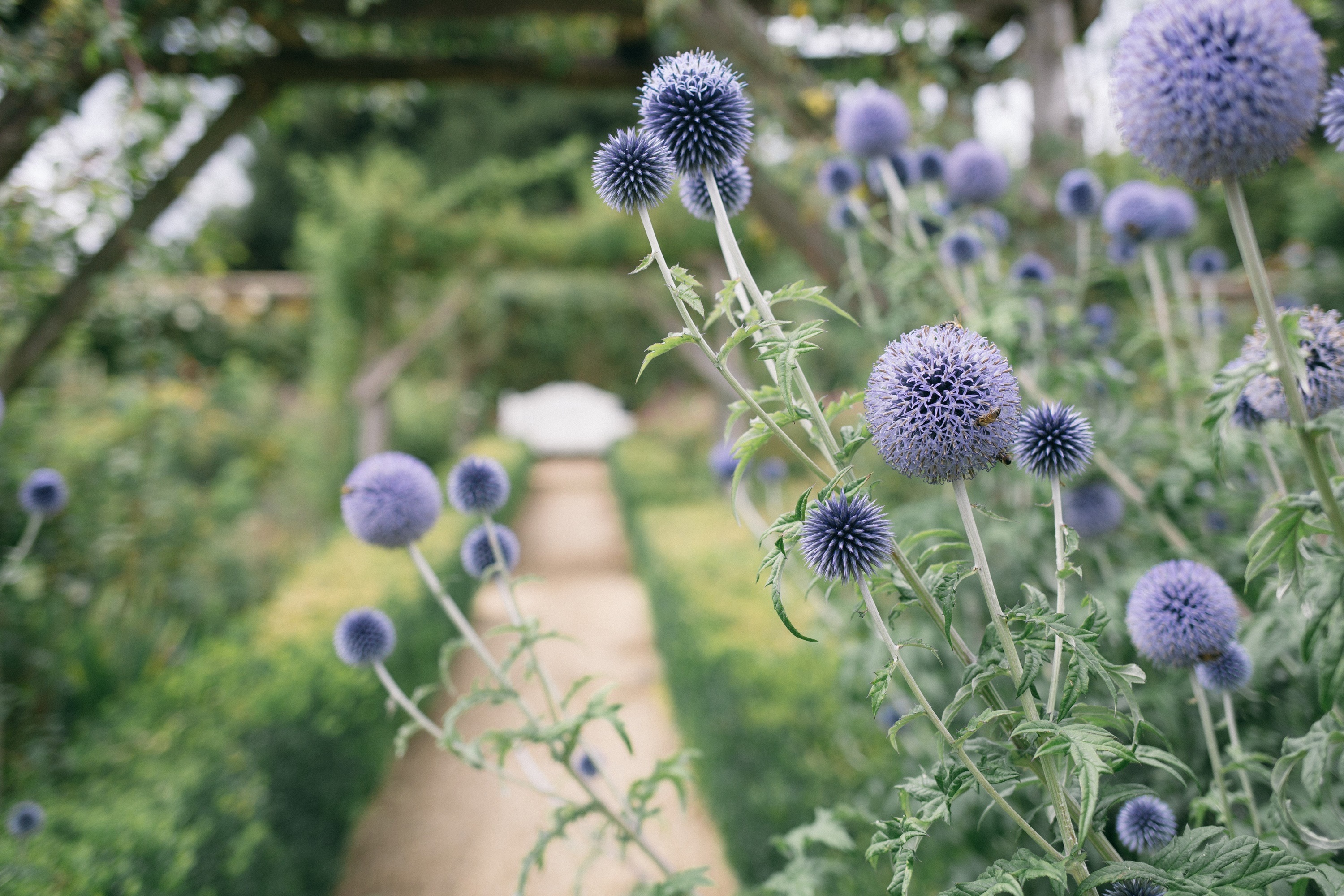How to Create a Sensory Garden for Relaxation

Imagine stepping into a lush, vibrant garden where every sense is awakened and soothed. The soft rustle of leaves, the gentle hum of bees, the sweet scent of blooming flowers, and the warm touch of the sun on your skin. This is not just any garden; it's a sensory garden designed for relaxation. Creating such a sanctuary in your own backyard is easier than you might think. Let's explore how you can transform your outdoor space into a calming oasis that engages all your senses.
Understanding Sensory Gardens
A sensory garden is a carefully designed space that stimulates the senses—sight, sound, smell, touch, and even taste. These gardens are not just aesthetically pleasing; they are therapeutic, offering a sanctuary for relaxation and mental well-being. Whether you're looking to unwind after a long day or seeking a peaceful retreat, a sensory garden can provide the perfect escape.
Designing Your Sensory Garden
Choosing the Right Location
The first step in creating a sensory garden for relaxation is selecting the perfect spot. Ideally, you want an area that is quiet and secluded, away from noise and distractions. Consider the natural light and shade in the area, as well as the wind patterns, to ensure a comfortable environment.
Planning Your Garden Layout
Before you start planting, sketch out a rough plan of your garden. Think about the flow and how you want to experience the space. Include pathways, seating areas, and focal points. Remember, the goal is to create a calming atmosphere, so keep the design simple and uncluttered.
Selecting Sensory Plants
Plants for Sight
Visually appealing plants are the cornerstone of any sensory garden. Choose a variety of colors, shapes, and textures to create a visually stimulating environment. Flowers like lavender, roses, and daisies add pops of color, while ornamental grasses and ferns provide texture and movement.
Plants for Sound
Incorporate plants that attract birds and insects to add a gentle soundtrack to your garden. Bamboo, for example, creates a soothing rustling sound when the wind blows. Grasses and tall flowers like cosmos can also produce a soft, calming noise.
Plants for Smell
Aromatic plants can transport you to a state of relaxation with just a whiff. Herbs like rosemary, mint, and thyme release their fragrance when brushed against. Flowers such as jasmine, honeysuckle, and gardenia emit sweet scents that fill the air.
Plants for Touch
Plants with interesting textures invite you to reach out and touch. Soft, velvety leaves of lamb's ear and the smooth bark of a Japanese maple are perfect for this. Succulents and mosses also offer unique textures that are pleasing to the touch.
Plants for Taste
Edible plants can add an extra layer of sensory experience. Herbs, fruits, and vegetables not only look and smell great but also taste delicious. Consider planting a small herb garden with basil, parsley, and chives, or a few fruit trees like apple or cherry.
Incorporating Relaxation Techniques
Meditation Spaces
Create a dedicated space for meditation in your garden. This could be a small, secluded area with comfortable seating or a yoga mat. Surround it with calming plants and perhaps a small water feature to enhance the tranquil atmosphere.
Water Features
The sound of flowing water is incredibly soothing. Adding a small fountain, pond, or even a birdbath can bring a sense of peace to your garden. The gentle trickle of water can help drown out background noise and create a serene environment.
Wind Chimes and Other Sound Elements
Wind chimes can add a melodic touch to your garden. Choose chimes with soft, gentle tones that blend naturally with the sounds of nature. Other sound elements like bells or rustling leaves can also contribute to the calming ambiance.
Garden Design Ideas for Relaxation
Creating a Serene Seating Area
A comfortable seating area is essential for relaxation. Place benches, chairs, or even a hammock in shady spots where you can sit and enjoy the garden. Surround the seating area with fragrant plants and soothing sounds for maximum relaxation.
Pathways and Walkways
Well-designed pathways can guide you through the garden, allowing you to experience different sensory elements. Use materials like gravel, stone, or wood to create a tactile experience underfoot. Curved paths can add a sense of discovery and intrigue.
Lighting for Evening Relaxation
Soft, ambient lighting can extend your garden's relaxation potential into the evening. Use solar-powered lights, string lights, or lanterns to illuminate pathways and seating areas. The gentle glow can create a cozy, inviting atmosphere.
Therapeutic Gardens for Mental Well-being
The Benefits of Nature
Spending time in nature has been proven to reduce stress, improve mood, and boost overall well-being. A sensory garden can provide a daily dose of nature, helping you to unwind and recharge.
Mindfulness and Gardening
Gardening itself can be a form of mindfulness. The act of planting, nurturing, and caring for plants can help you stay present and focused. It's a therapeutic activity that can bring a sense of accomplishment and joy.
Connecting with Nature
A sensory garden allows you to connect with nature on a deeper level. By engaging all your senses, you can form a stronger bond with the natural world, which can be incredibly grounding and healing.
Conclusion
Creating a sensory garden for relaxation is a rewarding journey that can transform your outdoor space into a sanctuary. By carefully selecting sensory plants, incorporating relaxation techniques, and designing a calming layout, you can craft a garden that nurtures your mind, body, and soul. So, why wait? Start planning your sensory garden today and experience the joy and tranquility it can bring.
FAQs
What are the benefits of a sensory garden?
Sensory gardens offer numerous benefits, including stress reduction, improved mood, and enhanced mental well-being. They provide a peaceful retreat where you can connect with nature and engage all your senses.
What plants are best for a sensory garden?
The best plants for a sensory garden are those that stimulate the senses. Choose visually appealing flowers, aromatic herbs, textured foliage, and plants that attract birds and insects for sound.
How can I incorporate relaxation techniques into my garden?
You can incorporate relaxation techniques by creating dedicated meditation spaces, adding water features, and using wind chimes or other sound elements. Comfortable seating areas and well-designed pathways also contribute to a relaxing environment.
What are some garden design ideas for relaxation?
Design ideas for a relaxing garden include creating serene seating areas, using soft, ambient lighting, and designing pathways that guide you through different sensory elements. Keep the design simple and uncluttered to maintain a calming atmosphere.
How can a sensory garden improve mental well-being?
A sensory garden can improve mental well-being by providing a connection to nature, which has been shown to reduce stress and improve mood. Gardening itself can be a therapeutic activity, and engaging all your senses can be grounding and healing.


0 Response to "How to Create a Sensory Garden for Relaxation"
Post a Comment